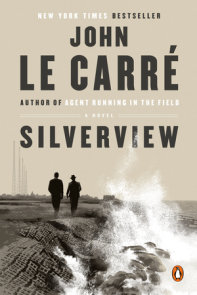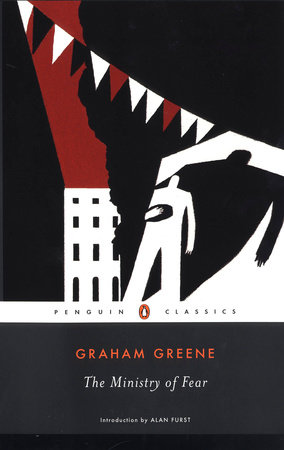

The Book of Spies
By Anthony Burgess, John Steinbeck, John le Carré and Rebecca West
Edited by Alan Furst
By Anthony Burgess, John Steinbeck, John le Carré and Rebecca West
Edited by Alan Furst
By Anthony Burgess, John Steinbeck, John le Carré and Rebecca West
Edited by Alan Furst
By Anthony Burgess, John Steinbeck, John le Carré and Rebecca West
Edited by Alan Furst
Part of Modern Library Classics
Category: Spy Novels | Classic Fiction | Literary Fiction
Category: Spy Novels | Classic Fiction | Literary Fiction

-
$20.00
Jun 08, 2004 | ISBN 9780375759598
-
May 13, 2003 | ISBN 9781588363428
YOU MAY ALSO LIKE
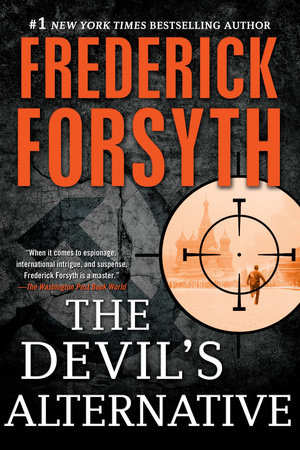
The Devil’s Alternative
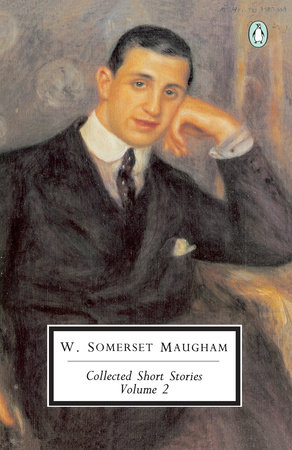
Collected Short Stories: Volume 2
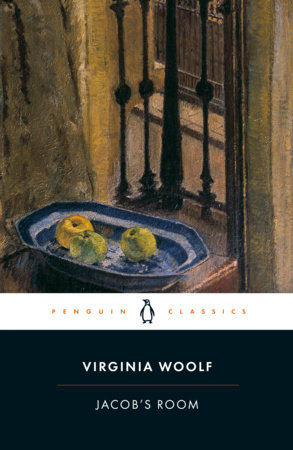
Jacob’s Room
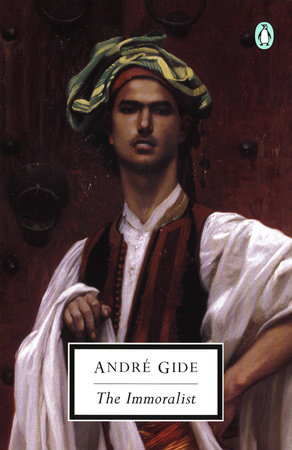
The Immoralist
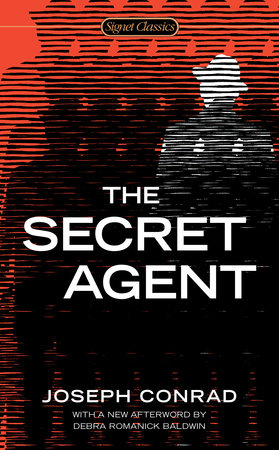
The Secret Agent
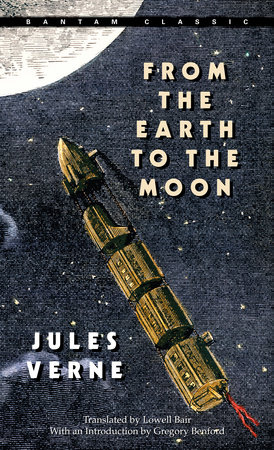
From the Earth to the Moon
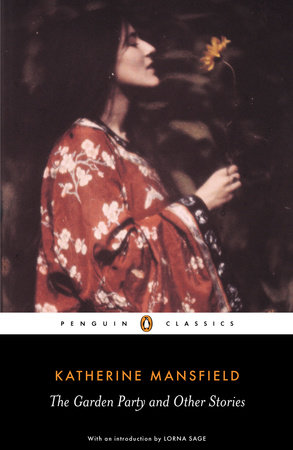
The Garden Party and Other Stories
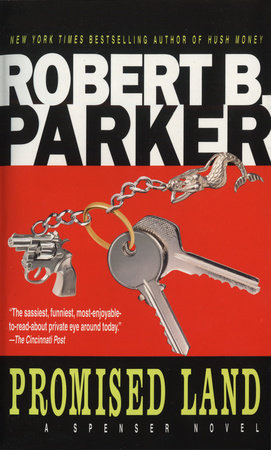
Promised Land
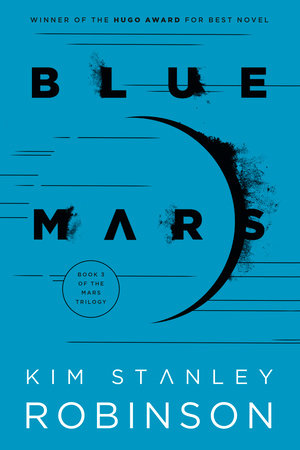
Blue Mars
Praise
“A master of the form culls from the cream of the cloak-and-dagger crop. . . . Twelve expertly chosen tales of secret operatives: shadowy and elusive, cunningly written and thrillingly fraught with peril.”
—Kirkus Reviews
“Spanning nearly three quarters of a century . . . this handy sampler touches on many high points of spy writing. . . . In this case, fiction is more thrilling than truth.”
—Time Out New York
“[A] dazzling anthology . . . The writing—whether displaying the cold clarity of Maugham or the pained lyricism of McCarry—is splendid.”
—The Wall Street Journal
21 Books You’ve Been Meaning to Read
Just for joining you’ll get personalized recommendations on your dashboard daily and features only for members.
Find Out More Join Now Sign In











